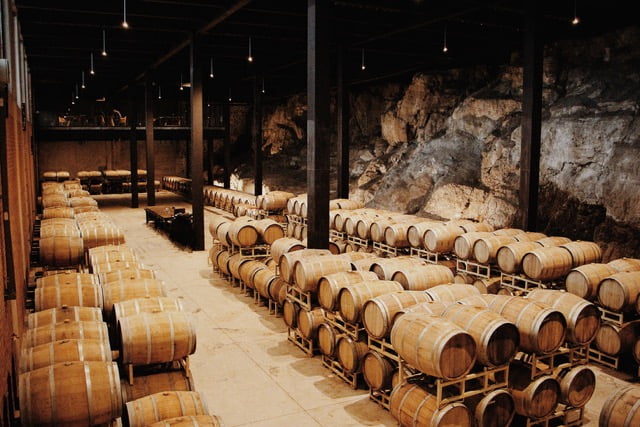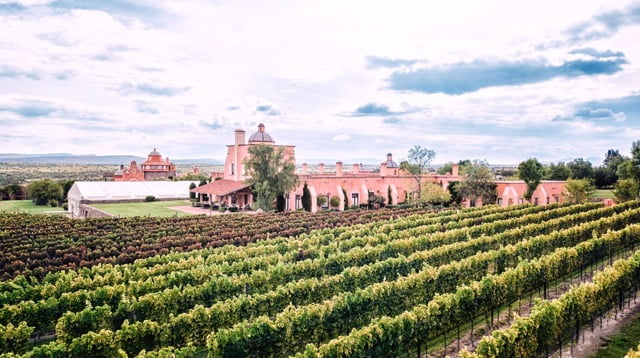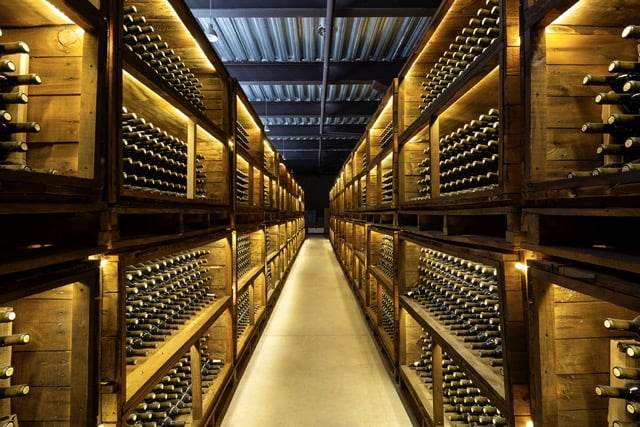
Editorial Board CMB México • Guanajuato • 2024
Although Guanajuato today has vineyards throughout its entire territory, from San Felipe to Comonfort, passing through San Diego de la Unión, San Luis De La Paz, Mineral de Pozos and other territories that have joined or are about to join to its extensive wine compendium, two large regions stand out for their geology, climate and productive history: Dolores Hidalgo and San Miguel de Allende.
From back to front, the chronology indicates that the first wineries of contemporary Guanajuato wine were produced in both. In Dolores, Juan Manchón Arcas was a pioneer twice: in 1978 he began the production of artisanal wines and three decades later, in the 21st century, he and Ricardo Vega founded Bodegas Vega Manchón, the first project to face the challenge of commercial production with a consistent quality offering, describe Gerschman, Rodolfo (2022), Vineyards and Wineries of Guanajuato, Tierra de Vinos, México, Ministry of Tourism of Guanajuato.
In that first decade of the century, other proposals with similar ambition followed: Rancho Toyán, Bernat Vinícola and, with a clear real estate vocation, Santísima Trinidad. Martha Molina founded and lead Toyán. Bernat was created by its current owner, Álvaro José Alvarez Bernat. His son, Álvaro Fuentes, is in charge of oenology and Sommelier Indra Laporta collaborates with him. Although it shares similar climate traits to its neighbors, its soil is slightly different: more clay and also more calcareous. Possibly this is the reason why red and white strains divide the land almost equally: on the side of the reds Grenache, Malbec, Syrah and Merlot; in white Muscat, Viognier and Chardonnay.
San Miguel de Allende took some time (not much) to replicate, although vineyards with limited productions, born from self-consumption, had already existed for decades around the city, among them those of the Italian pioneers Ettore Apollonio and Remo Stabile. Under the influence of what was happening in Dolores, more market-focused projects were launched, such as Dos Búhos, Puente Josefa, Los Senderos and Viñedo San Miguel (this one already in the municipality of Comonfort). Between both territories the rainfall regime draws thin borders: copious rains that can add up to 550 milliliters per year in San Miguel de Allende and surrounding areas; more moderate —around 100 mm less— in Dolores Hidalgo. As for the soil, the region’s soil can be generically defined as “loam, sandy clay,” says Rafael Garza, an agronomist who provides consulting services to around 40 wineries in different regions of Mexico.
Discover more about the Vineyards and Wineries of Guanajuato, Tierra de Vinos, through:
https://rutadelvinoguanajuato.com.mx/wp-content/uploads/2023/03/Vinos-GuanajuatosEBOOK.pdf
General circumstances of soil and climate in Guanajuato
The terroir of Guanajuato is the volcanic earth and sand, gravel and black and red clays between the mountain ranges –the Sierra Madre Oriental, the Occidental and the so-called “Neo volcanic axis”–, whose elevations contract and distend the area like a body dressed in green and ocher. A common denominator is altitude: from 1,800 to 2,500 meters above sea level (some of the highest vineyards in Mexico).

In autumn and winter, it rains very little and then, from the formation of the grapes until their complete ripening, there are rainstorms. The summer rains burst in and stop quickly to give way to a powerful sun that evaporates their aftermath. The heat can rise up to 30 degrees and drop towards the night until it reaches 15. The thermal differential, in turn, is moderated by rain falls.
Follow https://rutadelvinoguanajuato.com.mx/en to discover the characteristics of the vineyards on the Valle de la Independencia Guanajuato Wine Route.










